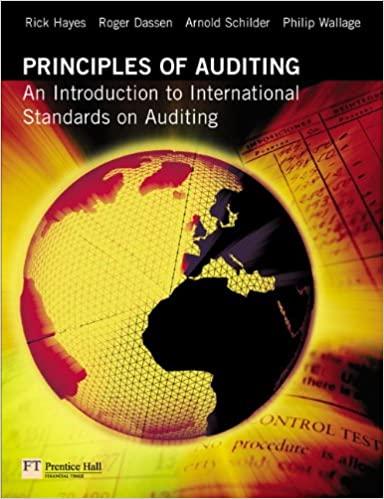Question
Tax law primary authority includes the following: a. The Internal Revenue Code, Tax Treaties, and Court Decisions. b. The Code, the Regulations and CCH Tax
Tax law primary authority includes the following: a. The Internal Revenue Code, Tax Treaties, and Court Decisions. b. The Code, the Regulations and CCH Tax Research Consultant. c. The Code, Tax Journals and IRS Revenue Rulings. d. None of the above. 23. In general, the answer to all tax questions or issues must be traced to: a. a Supreme Court decision. b. an IRS Letter Ruling. c. a tax textbook. d. the Internal Revenue Code. 24. Sources of tax authority which can be used to determine legislative intent, i.e., the reasons or purposes for enacting a particular rule of law, include: a. the Internal Revenue Bulletin. b. U.S. Statutes. c. the House Ways and Means Committee Report. d. None of the above. 25. Congressional bills which become law after negotiating their way through the legislative process become part of the U.S. Statutes and are codified in the Internal Revenue Code, also known as: a. Title 28 of the U.S. Code. b. Title 16 of the U.S. Code. c. Title 62 of the U.S. Code. d. Title 26 of the U.S. Code. 26. Transition rules, effective dates and sunset provisions are examples of enacted legislation: a. which should be ignored in researching a tax question because they are not part of the Code. b. which must be researched by referring to the Act in which the laws are contained, because they may not be included in the Code. c. which are always included in the Internal Revenue Code. d. None of the above.
Step by Step Solution
There are 3 Steps involved in it
Step: 1

Get Instant Access to Expert-Tailored Solutions
See step-by-step solutions with expert insights and AI powered tools for academic success
Step: 2

Step: 3

Ace Your Homework with AI
Get the answers you need in no time with our AI-driven, step-by-step assistance
Get Started


